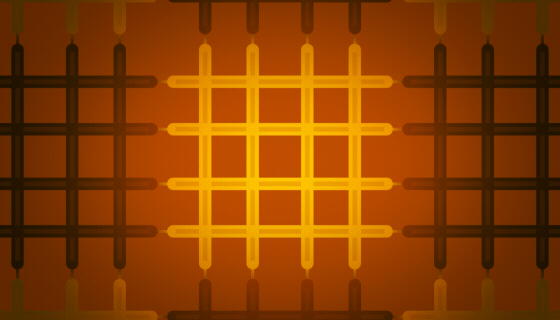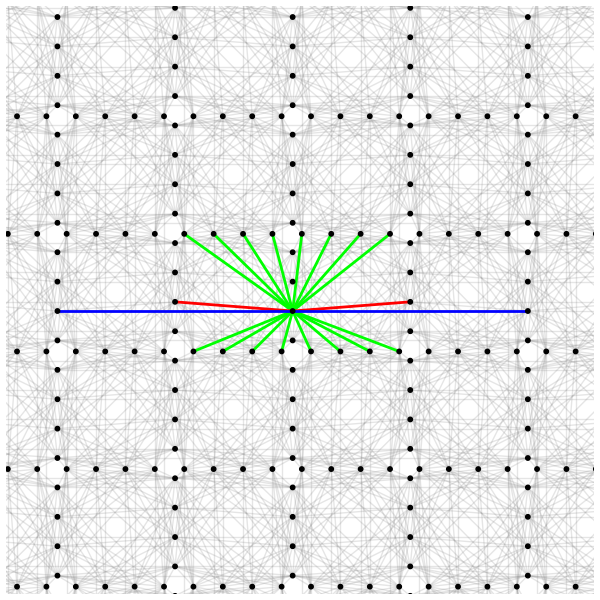D-Wave launches a first prototype of its next-gen annealing quantum computer
[ad_1]
D-Wave built a title for alone with its early annealing quantum computers and even although the business lately declared its attempts to also make a superconducting gate-model quantum computer, it is not abandoning its quantum annealing technological innovation. Circumstance in stage: The firm these days designed the first prototype of its up coming-gen Edge2 annealing quantum computer system readily available in its cloud. This is not the whole system, which will aspect 7,000 qubits when it launches in 2023 or 2024, but a little 500+ qubit model that is meant to showcase the company’s new qubit design and its Zephyr topology (PDF) with 20-way inter-qubit connectivity.
“The Benefit2 prototype is designed to share what we’re learning and obtain feed-back from the group as we go on to make towards the comprehensive Edge2 method,” stated Emile Hoskinson, director, Quantum Annealing Goods, D-Wave. “Our present Advantage quantum laptop or computer was fully re-engineered from the floor up. With Gain2, we’re pushing that envelope once more — demonstrating that connectivity and reduction in noise will be a delivery car or truck for even higher functionality the moment the full process is available. The Advantage2 prototype is an chance for us to share our pleasure and give a sneak peek into the future for clients bringing quantum into their apps.”
Rendering of the new Zephyr topology with 20-way inter-qubit connectivity which powers the new small-scale D-Wave Advantage2™ prototype annealing quantum pc. Impression Credits: D-Wave Systems Inc.
Utilizing the Zephyr topology, every single qubit will be related to 20 other qubits, up from 15 in its predecessor, the Pegasus loved ones, which the latest 5,000-qubit Gain technique works by using.
By creating this new Edge2 prototype readily available, the organization argues, builders can start off tests all of the core functionalities of the whole-scale design. D-Wave notes that its early benchmarking demonstrates that the Advantage2 process features increased coherence and decreased qubit sound.
A cropped check out of the Zephyr topology with one particular representative qubit (black dot) linked to orthogonal qubits by 16 internal couplers (inexperienced lines) and to in the same way aligned qubits by two external couplers (blue lines) and two odd couplers (pink strains). Picture Credits: D-Wave Techniques Inc.
The new prototype is now readily available by means of D-Wave’s Leap quantum cloud company, which also includes accessibility to the original Benefit procedure, as perfectly as D-Wave’s quantum hybrid solvers, together with its new Constrained Quadratic Model solver.
[ad_2]
Source url


